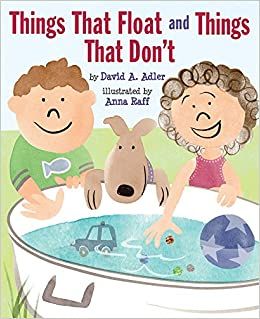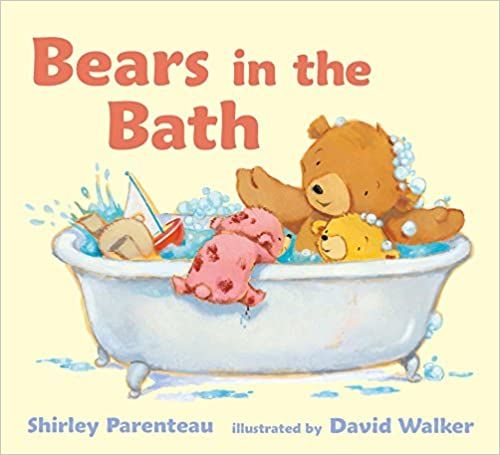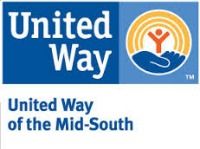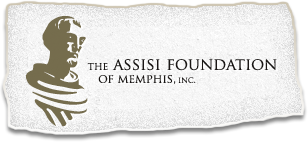MOSD Student Activities May 4 - 7
Each week that MOSD is closed due to the COVID-19 pandemic our professionals are providing activities for students and their families to do at home in addition to their scheduled classroom times and teletherapy!
Feel free to follow along and do these activities with your family!
Bathroom Week
Brushing Teeth
Brushing Your Teeth
You know the materials and steps for this one.
Suggestions
- Offer choices for toothpaste
- Discuss the colors of different family members’ toothbrushes
- Sabotage by keeping the lid closed tight on the toothpaste or having the toothbrush just out of reach
- Wait for your child to ask you to turn the water on
- Discuss why we only spit when brushing teeth
Language Targets
1-2 Word Targets
- Pink toothbrush
- Brush, brush, brush!
- Water on
- All clean!
- Help me
3-5 Word Targets
- My toothbrush is blue
- Help me open the toothpaste
- I want the mint toothpaste
- Turn the water on, please
- My teeth are clean!
6+ Word Targets
- Encourage higher level thinking by asking questions such as ‘’Why do we brush our teeth?” “Why do we spit out the toothpaste?”
- Take what your child says to model correct language structures and to add higher level vocabulary.
Resources:
Book: How to Brush Your Teeth with Snappy Croc by Jane E. Clarke

Sink or Float: Science and Language
Sink or Float
Items to gather:
- Plastic bowl or sink
- Towel
- Water
- Food coloring (optional)
- Drinking straws to flow bubbles (optional)
- Any items nearby! However, here are suggestions:
ITEMS THAT SINK:
- Metal utensils
- Coins
- Stones
- Toy car/truck
- Keys
ITEMS THAT FLOAT:
- Lego
- Stick or popsicle stick
- Corks
- Bathtub toys
- Foam shapes
- Crayon
- Rubber band
Goals:
For children with 1-2 word expressive language:
- 1-2-3 Go!
- Down
- Up
- Splash!
- More
- Counting
- Use Wait Time--Practice “1,2,3, Go!” Hold an item above the water, then wait ... after you say 3 for your child to say or do something (repeat “Go!” or tell you to “Drop it!”)
For children with 3-5 word expressive language:
- Describe the attributes of the objects, including: wet, dry, heavy, light, slippery, shiny. (i.e., The money is shiny. The rock is heavy.)
- Reinforce the language of making a prediction, i.e., “I think it will sink/float.”
- Make predictions about things not present, i.e., “I think a shopping cart would sink/float.”
For children with expressive language of longer than 5 words:
- Categorize the items based on if your child thinks they will sink or float. Check her predictions.
- Make a chart of “Things that Sink” and “Things that Float.”
- Expand/extend your child’s sentences with correct grammar, higher level vocabulary, and comparison words (bigger than, heavier than, etc.)
Resources:
Book: Things That Float and Things That Don’t by David A. Adler

Taking a Bath
Materials
- Small, water-friendly toys
- Ocean characters (any toys)
- Measuring cups, bowls, cups, spoons, etc.
Bubble Bath
- Talk about the size and shape of the bubbles
- Talk about where the bubbles are (on your head, on your nose, between your fingers, etc.)
- Cup the bubbles in your hands and wait for your child to say “blow!” and then blow the bubbles
- Pop the bubbles while repeating a target phrase. For 1-2 word targets, you can say “Pop, pop, pop!” For 3-4 word targets, you can say “Pop the bubble!”
Treasure Hunt
- Toss a bunch of small, water-friendly toys into the tub and tell your child which “treasure” they need to find. Once they find the object, ask them what they found and prompt the phrase “I found the _______.”
- You could then expand that sentence. “Yes, you found the boat! The boat is big and blue!”
Ocean Adventure
- You can get some cute ocean characters and use them to act out fun ocean adventures! You can have the characters greet each other and engage in little conversations
Pouring Station
- Grab some measuring cups, bowls, cups, spoons, and whatever else you find lying around the house and create a pouring station! Narrate while your child plays with the items, “You are pouring water on your head!”
- Encourage your child to communicate by filling your cup with water and then pausing before you actually pour anything out. Model your expectation, “Pour the water!” for them and then prompt them to say it themselves, “Pour the _____”. Ideally, they will fill in that blank for you, but if they don’t, no big deal. Continue with lots of models and pausing to invite communication and they will catch on eventually!
Resources:
App Suggestion: PBS Kids Games (check out Daniel Tiger Bathtime Helper!)
Book: Bears in the Bath by Shirley Parenteau





